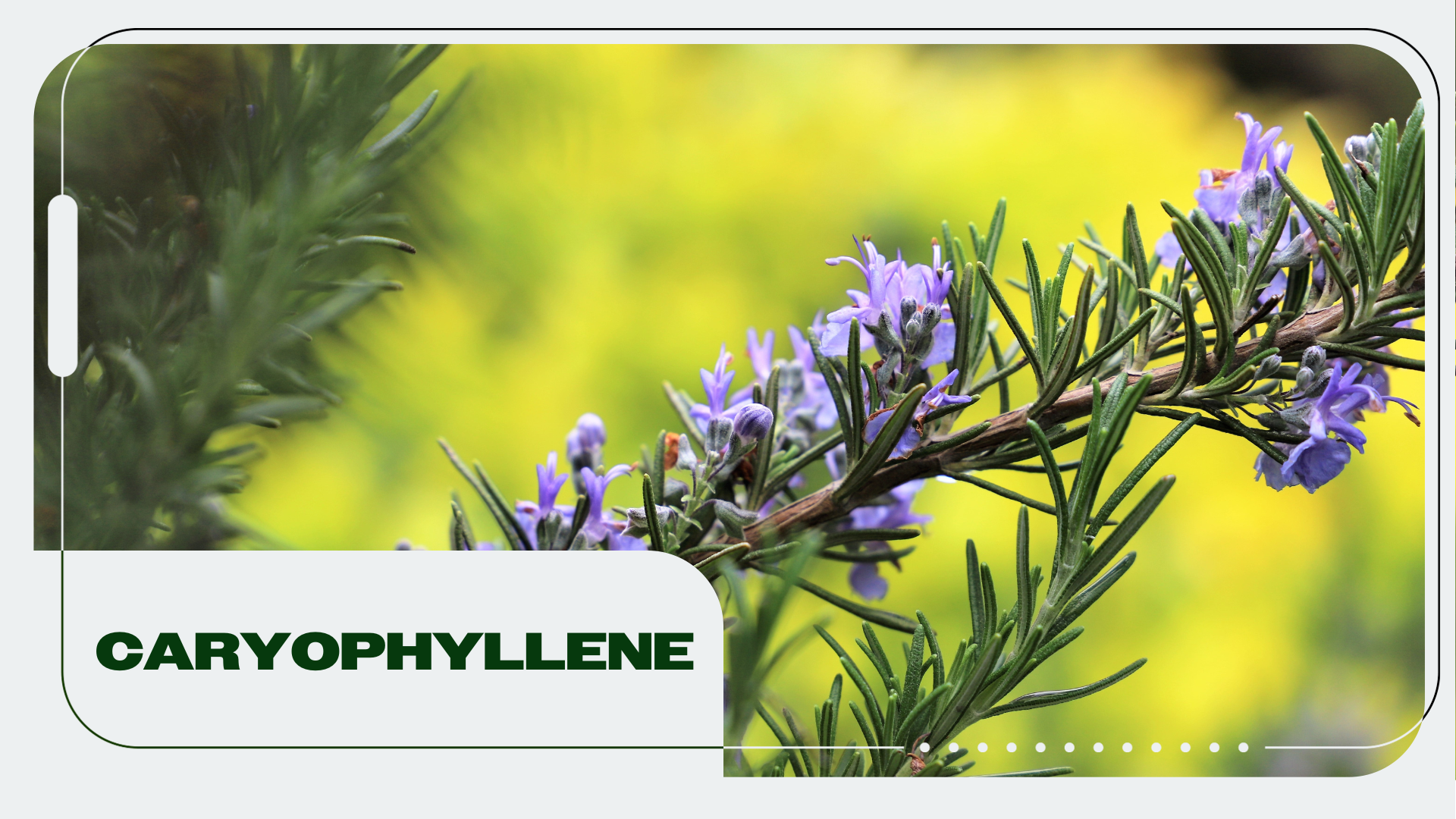A Certificate of Analysis (COA) documents the results obtained from third-party laboratory testing determining the purity, potency, and safety of a batch of cannabis products. The involvement of a third-party laboratory in testing promotes accountability and transparency from cannabis purveyors, allowing you to feel greater trust in a business. In addition to providing information that can assure you of the quality of your cannabis purchases, the COA also contains information that can help you determine whether a product is ideal for your needs and preferences.
What is a Certificate of Analysis?
Because cannabis compounds are not regulated by the US Food and Drug Administration (FDA), individual states are tasked with establishing and enforcing standards to ensure the safety and reliability of cannabis products. This means that labeling and testing standards for both medical and recreational cannabis-derived products are inconsistent across states in the US. Certain states, such as California, require that cannabis products receive laboratory testing to verify the product’s compliance with state quality and safety standards. Some states, however, do not require any testing at all.
Third-party laboratory testing can thus be pivotal for ensuring the safety, quality, and reliability of cannabis products. Especially in states without rigorous testing requirements, the absence of standard practices for holding vendors and suppliers accountable can leave the cannabis market vulnerable to a proliferation of mislabeled products or products containing potentially hazardous contaminants. Currently, there are reputable products that include third-party lab results, but some brands only provide information from in-house testing, and there are also companies that don’t do any testing.
The COA is a document provided by a licensed laboratory showing analytical test results from a batch of cannabis products. For consumers, these analyses are helpful for establishing trust in a brand’s quality and safety standards. In addition, since a COA can provide data showing what compounds are present, customers can make more thoroughly informed decisions about which products will suit their preferences and therapeutic needs.
How To Read A Certificate of Analysis
First, the COA should contain information like the date the product was tested, the name of the lab that performed the testing, and information about the specific product and batch that was tested. There are two kinds of test results a COA can provide. There are safety test results, which provide information about whether any contaminants are present. There are also potency results, which provide information about the product’s concentration of cannabinoids (and sometimes other compounds like terpenes and flavonoids). While some brands only provide test results for cannabinoid potency, it is recommended that you opt for products that undergo a full range of both safety and potency tests.
Why You Should Get Your Medical Marijuana Card
Veriheal has satisfied millions of patients nationwide by giving them access to these benefits
- Larger purchase limits
- Peace of mind
- Enhanced legal protection
- Access to higher potency strains
- Save up to 25% on cannabis purchases
- Skip the line at the dispensary
1. Safety
Safety results focus on contamination testing. Because cannabis is not regulated on the federal level, different states have different regulations regarding what tests must be performed and what levels of different compounds are acceptable. You will generally find information about the presence of things you do not want to see in your cannabis, such as heavy metals, pesticides, microbial, and mycotoxins (hazardous substances produced by fungi).
The first column in a COA typically provides a list of different analytes. An analyte is a substance that was measured and quantified by the laboratory test. There will also be a column that will list the limit of quantification (LOQ), which is the maximum concentration of the compound allowed to be present in the product. When looking at the result column, a result that reads “<LOQ” means the lab determined that the analyte concentration was found to be below the safe allowable limit. Basically, you should be looking for this result when assessing a product’s COA.
2. Potency
Aside from information about product safety, the Certificate Of Analysis will also list the most abundant compounds present in a particular product. Potency results on the COA reveal the precise concentration of all cannabinoids (like THC or CBG, etc.) the test product contains. Some potency results include the concentrations of various terpenes (like pinene) and even flavonoids (like quercetin), but these tests are optional. Since these compounds can produce different effects in the body, the COA can be important for helping you refine your purchasing decisions to better fit your preferences.
When reading the results, you will see all cannabinoids, and maybe terpenes and flavonoids, that were detected in the test sample listed in the analytes column. The result column will display how many milligrams of each analyte were found per gram of product. Or if the product is a liquid or oil, the results will instead appear in milliliters. Even compounds detected only in trace amounts are featured, and in some cases, the results will also list compounds that are not detected, marked with an “ND.”
What Does The Future of the Industry Look Like?
Laboratory testing and Certificates of Analysis (COAs) are critical in ensuring safety, quality, and transparency in the cannabis industry. For the individual consumer, these tests promote producer accountability and provide information that can guide your purchases, leading to an enhanced cannabis experience. On a broader scale, third-party testing contributes to establishing industry standards that increase the legal market’s credibility and safety, serving to legitimate the legalization effort and the cannabis community as a whole. Thus, the quality assurance found in a COA not only acts to protect public health, but these documents also protect both individual consumers and the overall integrity of the cannabis market. So, when you make your next cannabis purchase, ask your budtender about whether the product has a been tested and try to access a COA. You may learn something interesting (and hopefully not troubling) about your favorite products.
Author, Share & Comments
















